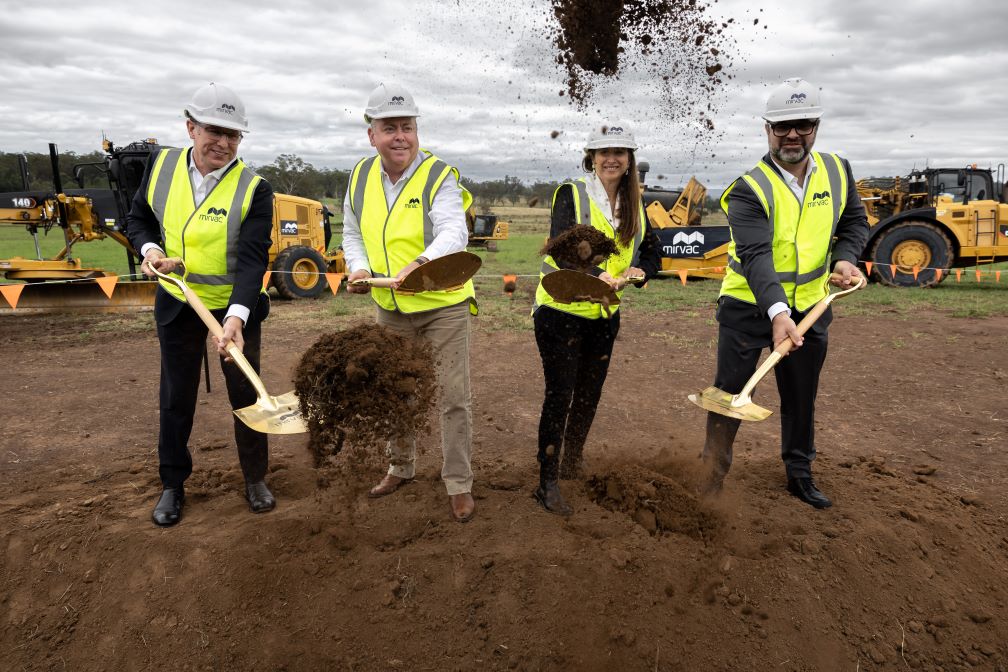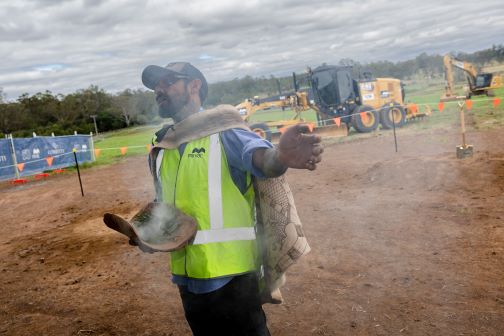
A $648 million housing development with an eye to an electric future was unveiled yesterday near Cobbitty.
Located at 531 Cobbitty Road, Cobbitty by Mirvac will deliver a new community of approximately 900 homes and create more than 4,000 local jobs during construction.
All residents will have access to electric living, giving them the ability to charge vehicles or use lower energy appliances like induction cooktops, and offset their electricity costs with solar power, providing significant potential savings.
Planning and homes minister Anthony Roberts joined Mirvac representatives for the symbolic turning of the first sod to make the start of work on Cobbitty by Mirvac.
A playing field and village green, town centre, a lake and a range of parks and landscaped open spaces are included in the designs for the new housing development.

Nature will also take centre stage with existing wetland corridors to be restored as a safe haven for native flora and fauna; and extensive networks of walking trails and cycleways are planned to promote connectivity and connection to nature through the neighbourhood.
Stage 1 of the project comprises 120 lots, with the first release of 20 Torrens Title sites ranging in size from 270sqm-525sqm set to be available from this month [February].
Future releases will include lots over 1000sqm.
Mirvac head of residential Stuart Penklis said Camden was one of the most popular growth areas of Sydney, but supply was limited.
“To be able to get these first homes to market is great news, especially for first home buyers and young families wanting a new chapter in a high-quality new community,” he said.
Mirvac’s general manager of residential development in NSW, Toby Long, said the company was also planning the development to respond to the existing Cobbitty village and had carefully considered the heritage of the area in designing the new community.
“Our vision for Cobbitty is to build a legacy project for South Western Sydney where residents can enjoy the lifestyle of an idyllic and connected rural setting, that has the infrastructure to support contemporary living,” he said.
